
Analyze any influencer on TikTok or YouTube
Want to dig into this influencer’s audience? Check out their top followers
Our tool is getting sleeker & better, starting with our Instagram creator database. While improvements are in progress, get more IG insight with our Chrome Influencer Marketing Extension.

By implication, creators using fake followers willingly render themselves to be fake influencers. Creators build their success on a trustworthy reputation. Resorting to fake followers to build one’s brand cannot establish credibility as a creator.
Creator dishonesty can have negative consequences for the brands that partner with them. In most cases, creators using fake followers deceive brands about their ability to convert consumers during a campaign.
Additionally, agencies that supply fake followers will often have those followers like a brand’s social media page. When customers examine a brand’s followers closely and discover that some of them are fake, the brand loses credibility in the eyes of that consumer. Fake followers on a brand’s profile could also keep honest creators from wanting to collaborate.
The end result of partnering with fake influencers is little to no ROI and possibly even a damaged reputation. Against the backdrop of what good creators can do, recruiting wanna-be creators with fake followers can cost a brand thousands of dollars per campaign.
Fake followers are social media accounts that someone (usually an agency) creates for the sole purpose of boosting follower counts. These profiles do not belong to an active user. In some cases, these fake profiles steal personal information from real social media accounts.
Either way, fake followers are not real people. Agencies that sell “more followers” or “more likes/comments” are most often creating fake followers to boost an aspiring influencer’s numbers.
Even if the creator has no idea that they’ve paid someone to create fake followers, that creator’s account is still considered dishonest. And those creators will not be able to maintain good brand relationships.
There are several ways to spot fake followers. The first and most obvious tactic is to visit the follower’s page. Many fake followers have just a couple of posts (often none at all) and don’t appear to be very active.
Fake followers usually don’t use pictures of real people in their profile pic or posts. If they do use pictures of people, they’ve taken them from somewhere else. You can perform a Google image search to see if a picture exists elsewhere.
Some suppliers use fake followers to post comments on a creator’s posts. This tactic tries to increase the creator’s engagement rate. However, taking a closer look at those comments usually exposes them for what they are. Fake follower comments are shallow (they might say something like “Awesome!” or “I like that”) and offer no real value. These comments often have glaring spelling or grammar errors due to suppliers not having a command of the native language.
Also, fake followers aren’t consistent. Typical engagement followers interact with creator posts somewhat regularly. But fake followers show a spike in engagement followed by an eerie silence.
Ideally, your influencer marketing team already utilizes a decent vetting process. As you examine possible creators, you should be searching for signs that they have meaningful relationships with their engaged followers.
“This is the number one question to ask [about influencers] – Do they have a connection to their audience?”
– Ethan Frame, Senior Manager, Influencer Marketing at MVMT
The fake follower audit tool above works on a 0-100 score. Scores closer to 100 indicate that follower activity appears to be normal and healthy. Creators with erratic or suspicious follower behavior will score lower.
When using the free tool above, remember that the results are not guaranteed. In other words, the check analyzes platform activity common among creators with fake followers. If an influencer you’re interested in scores lower than you expected, you should still examine the creator’s posts closely.
Similarly, just because a creator scored high does not mean that they do not have fake followers. However, you will be able to notice trends among those that score high and low. These trends will help you identify fake influencers for yourself and focus on other creators with strong connections with their audience.
In the same way that one great creator could transform your business, one fake influencer could significantly damage your influencer marketing program and reputation online. One of the best things you can for your influencer program is to vet your creators.
Learn to identify authenticity in creator posts and partnerships. Identify audience alignment, and watch how those creators connect with their followers. Taking these steps can help you stay away from fake influencers and partner with only the best. In time, you’ll be able to nurture a thriving creator community of top performers.
Fake followers are bots or fraudulent social media accounts that follow people to boost their overall audience count. People can pay services that use these bots to follow them and artificially inflate their audience on social media, leading to potential brand partnerships. Another method of gaining fraudulent followers is participating in follow-for-follow schemes, in which a creator follows a random account if they reciprocate the favor.
You can determine if a social media profile has fake followers by checking several things, including:
You can also use GRIN’s Fake Influencer & Credibility tool to determine the authenticity of a creator’s audience with little to no effort.
A 2018 report from The Information showed that bots comprised roughly 10% of all Instagram accounts.
There are a few key things to look for when evaluating whether or not a follower is real, including:
If you want to determine the authenticity of an Instagram influencer’s followers, do the following:
You can also tell if an Instagram influencer has many fraudulent followers using GRIN’s Fake Influencer & Credibility tool.
While it isn’t illegal to have fake followers, it is against most major social platforms’ community guidelines. Repercussions for purchasing fraudulent followers or participating in follow-for-follow schemes can include reduced capabilities on the platforms and losing your account entirely.
You can take a manual approach to searching through a creator’s audience and evaluating their followers’ credibility, but that can take a significant amount of time, especially when considering mega or celebrity influencers.
Instead, save your time and use GRIN’s Fake Influencer & Credibility tool to determine the authenticity of a person’s audience in seconds.
Meta, Instagram’s parent company, announced in May 2022 that it had removed billions of fraudulent profiles from Facebook, another one of its social platforms. While the company did not provide news about deleting fake accounts from Instagram, we can assume it is launching the same efforts across all platforms, including Instagram and WhatsApp.
Bots are one type of fake follower, but there are also follow-for-follow or share-for-share schemes where people will agree to interact with random profiles if they reciprocate the favor. These followers are also fake since they don’t have a genuine interest in a creator’s content.
You can manually audit an influencer’s followers to see how many of them seem authentic, but this can be prone to human error and take a ton of time. Instead, use GRIN’s Fake Influencer and Credibility tool to get a credibility score in seconds.
We don’t recommend working with an influencer with fraudulent followers for two main reasons. These are:
While there’s no way to be certain whether someone is buying followers on social media, you can determine their audience credibility and make assumptions from there. Here’s how to do it:
When gauging the authenticity of an Instagram follower, they are likely real if:
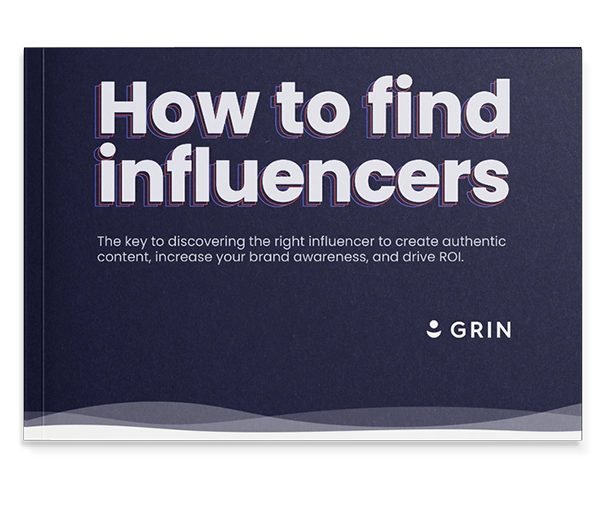
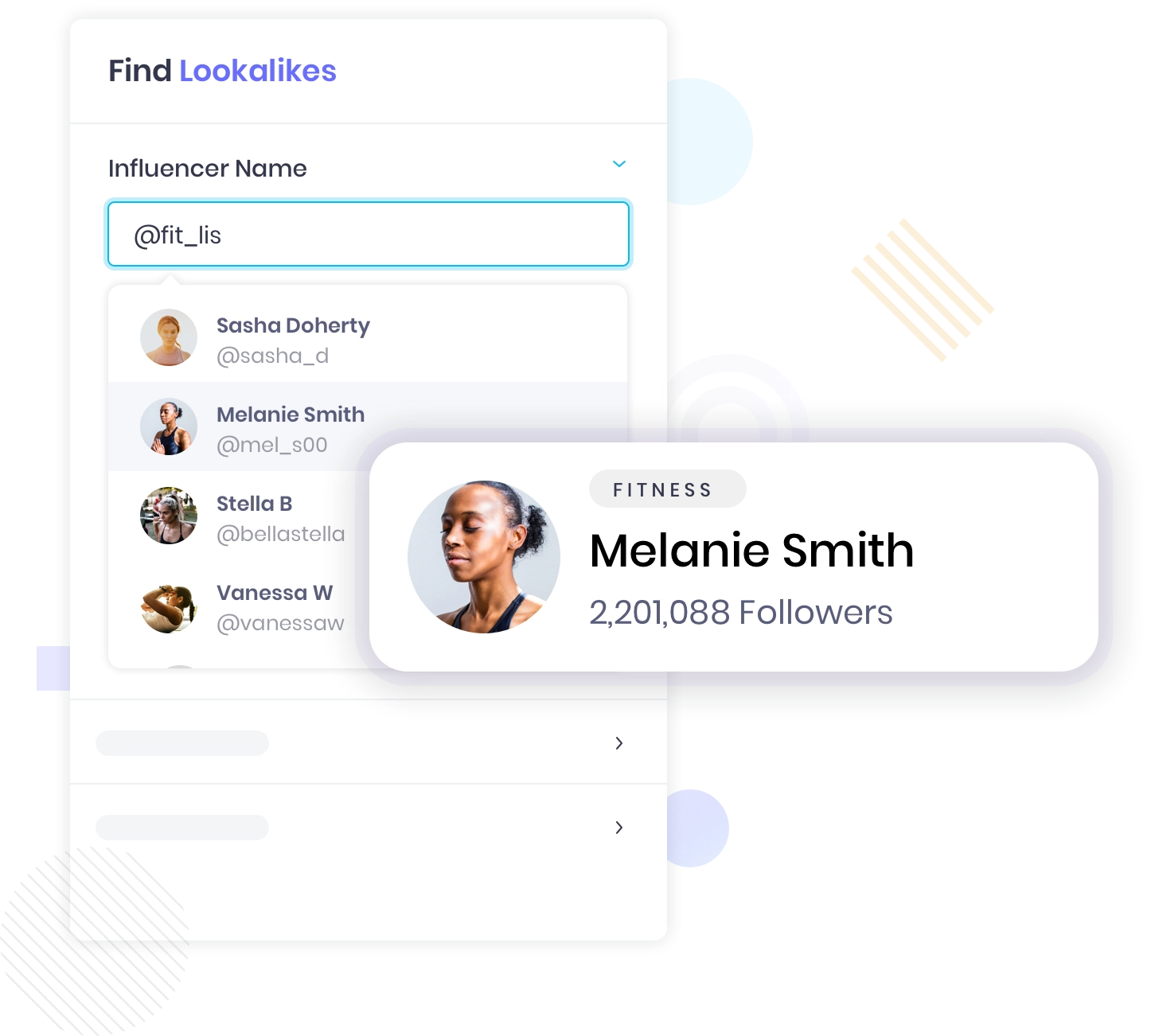
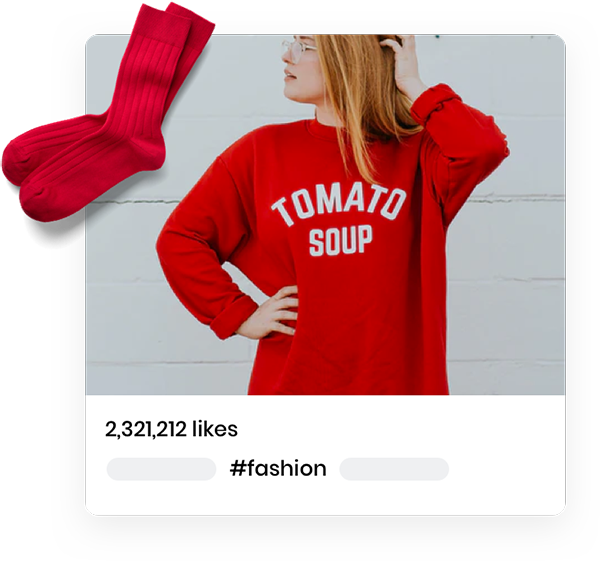

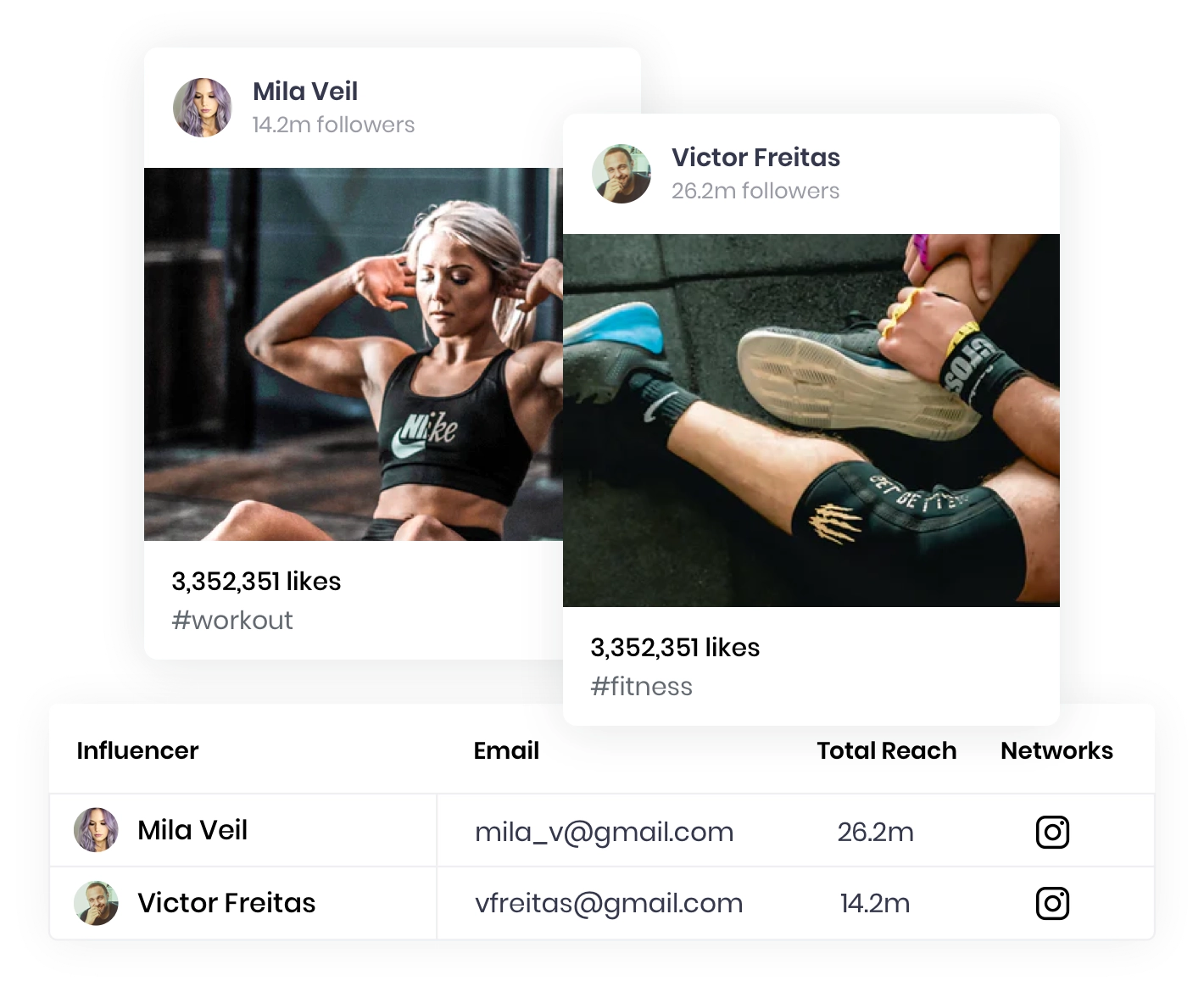
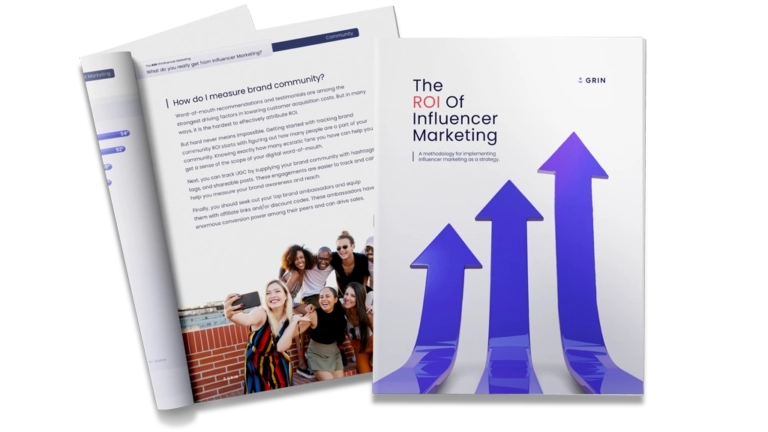
Whether you are just getting started with influencer marketing or already have your program in place, this guide gives you the tools to get the return on investment your C-level will love.
In the meantime, use our Web Extension to analyze profiles in those platforms.
In the meantime, try using our Web Extension to analyze profiles.